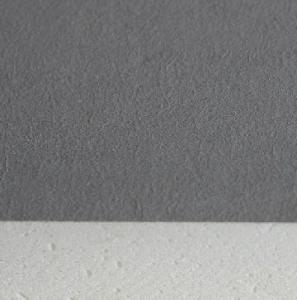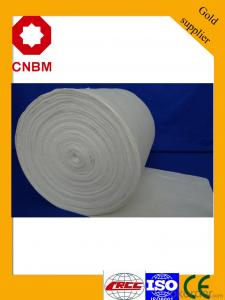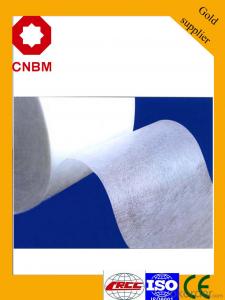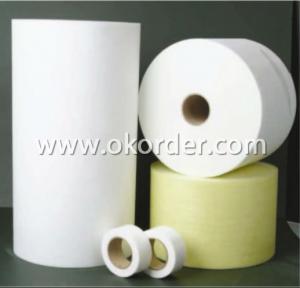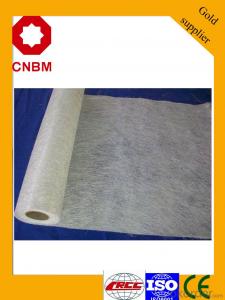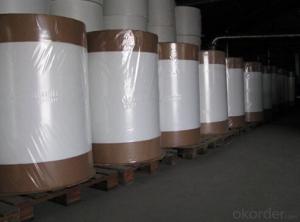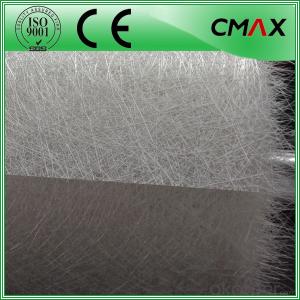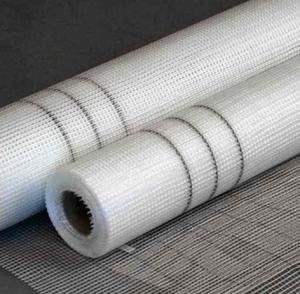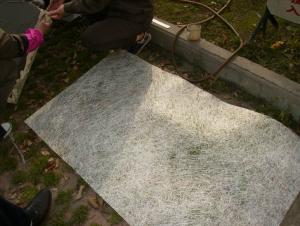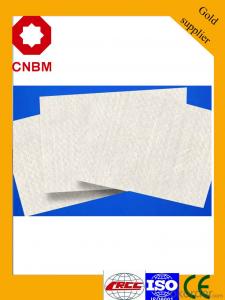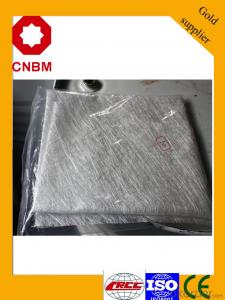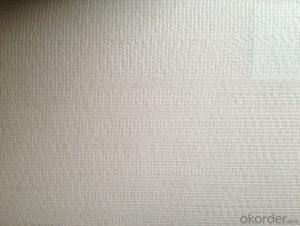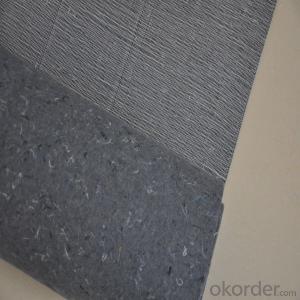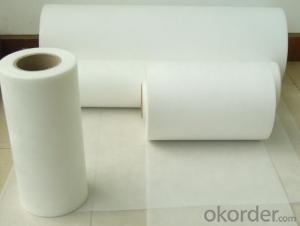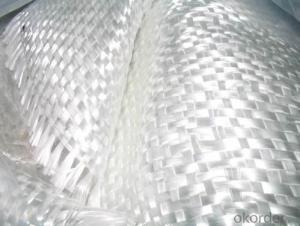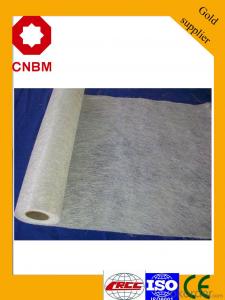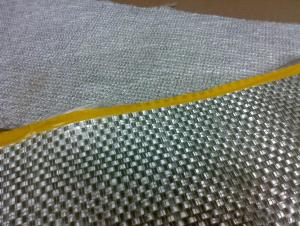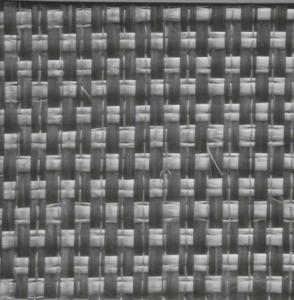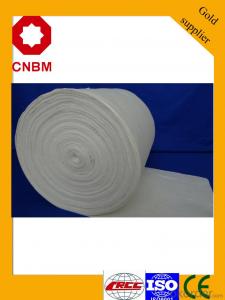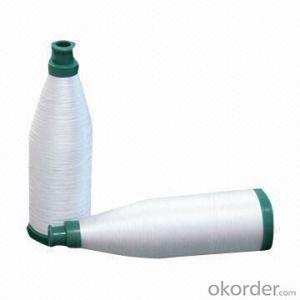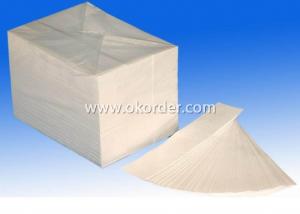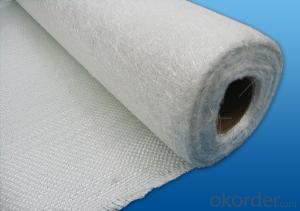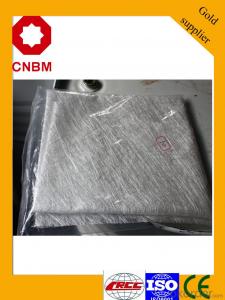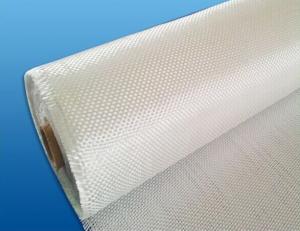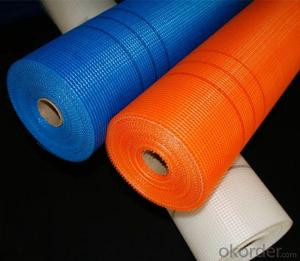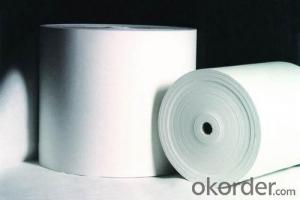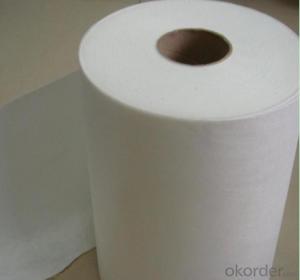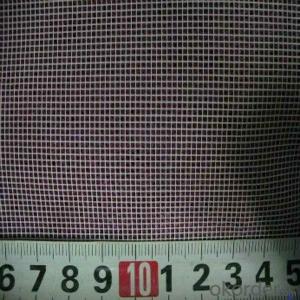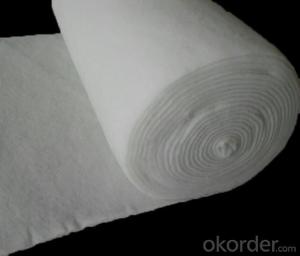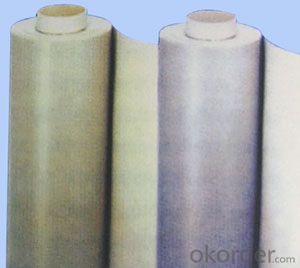Rolls Of Fiberglass Mat
Rolls Of Fiberglass Mat Related Searches
Roll Of Fiberglass Cloth Fiber Glass Mat Fiberglass Cloth Roll Fiberglass Woven Roving Combo Mat Glass Fiber Mat Fiberglass Roll Insulation Chopped Strand Fiberglass Mat Fiberglass Chopped Strand Mat Fiberglass Roving Fiberglass Roll Up Garage Doors 1708 Fiberglass Roll Roll Out Mats Fiberglass Patio Roof Fiberglass Yarn Plastic Mat For Floor Fiberglass Sheets For Roofing Big Roll Of Aluminum Foil Large Roll Of Aluminum Foil Car Fiberglass Fiberglass Insulation Blanket Outdoor Rubber Flooring Rolls Aluminum Foil Rolls Fiberglass Panels For Roofing Fiberglass Fabric Large Rolls Of Plastic Sheeting Fiberglass Woven Fiberglass Thermal Insulation Fiberglass Roof Philippines Fiberglass French Doors Warm Floor MatRolls Of Fiberglass Mat Supplier & Manufacturer from China
Rolls of fiberglass mat are versatile products made from woven strands of glass fibers, known for their strength, durability, and heat resistance. These mats are widely used in various industries, including construction, automotive, and aerospace, where they serve as insulation, reinforcement, and protection against extreme temperatures. Fiberglass mats can be applied in a range of scenarios, such as in the manufacturing of composite materials, as a lining for pipes and tanks, or as a component in the production of high-performance plastics. Their adaptability and utility make them a popular choice among professionals and DIY enthusiasts alike.Okorder.com is a reputable wholesale supplier of rolls of fiberglass mat, offering a vast inventory to cater to the diverse needs of customers. With a commitment to quality and customer satisfaction, Okorder.com ensures that the rolls of fiberglass mat they provide meet the highest industry standards. Whether it's for large-scale construction projects or smaller-scale repairs and modifications, Okorder.com's extensive selection ensures that customers can find the right rolls of fiberglass mat for their specific applications.
Hot Products


